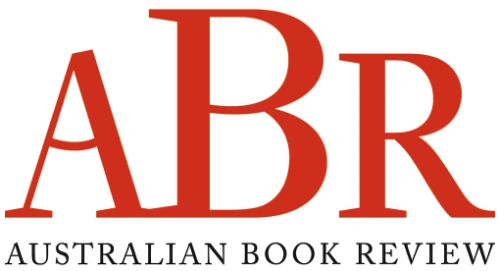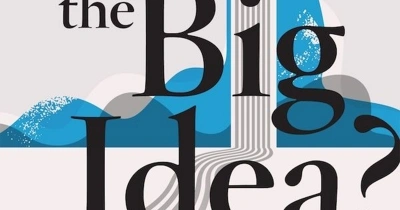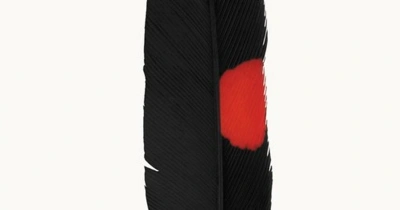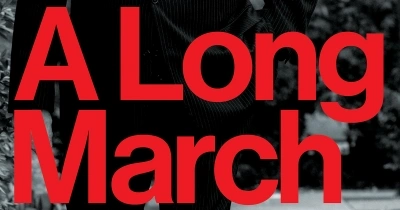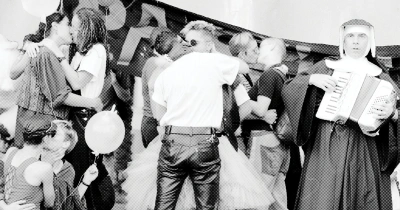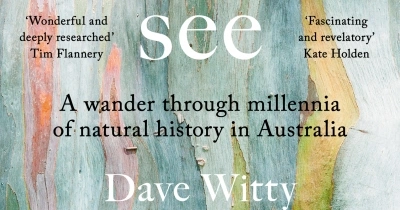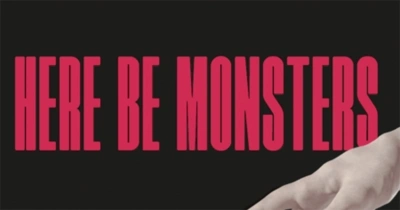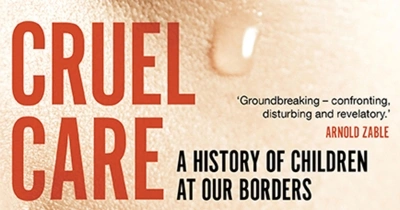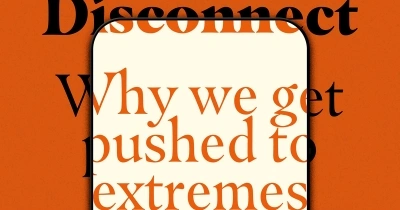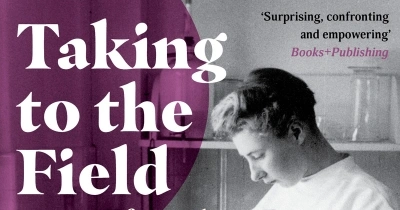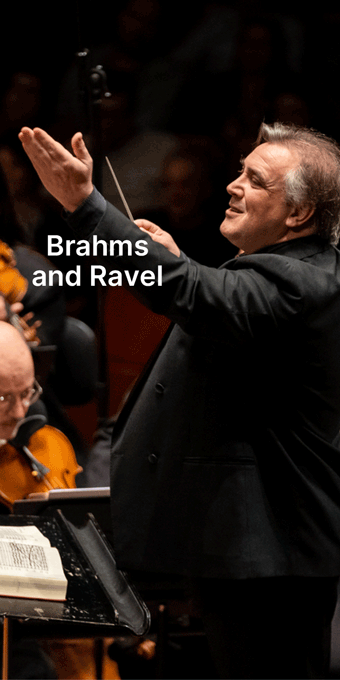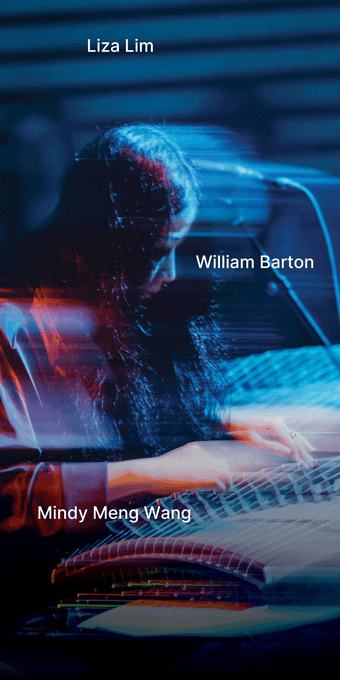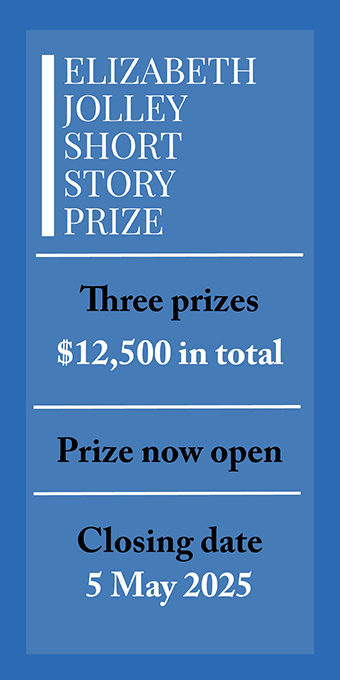Monash University Publishing
What's the Big Idea? edited by Anna Chang and Alice Grundy & Age of Doubt edited by Tracey Kirkland and Gavin Fang
by Patrick Mullins •
On This Ground: Best Australian nature writing edited by Dave Witty
by Nicole Hasham •
Personal Politics: Sexuality, gender and the remaking of citizenship in Australia by Leigh Boucher et al.
by Zora Simic •
What the Trees See: A wander through millennia of natural history in Australia by Dave Witty
by Ashley Hay •
Paul and Paula: A history of separation, survival and belonging by Tim McNamara
by Seumas Spark •
Here Be Monsters: Is technology reducing our humanity? by Richard King
by Robyn Arianrhod •
Cruel Care: A history of children at our borders by Jordana Silverstein
by Amy Nethery •
Disconnect: Why we get pushed to extremes online and how to stop it by Jordan Guiao
by Joshua Krook •
